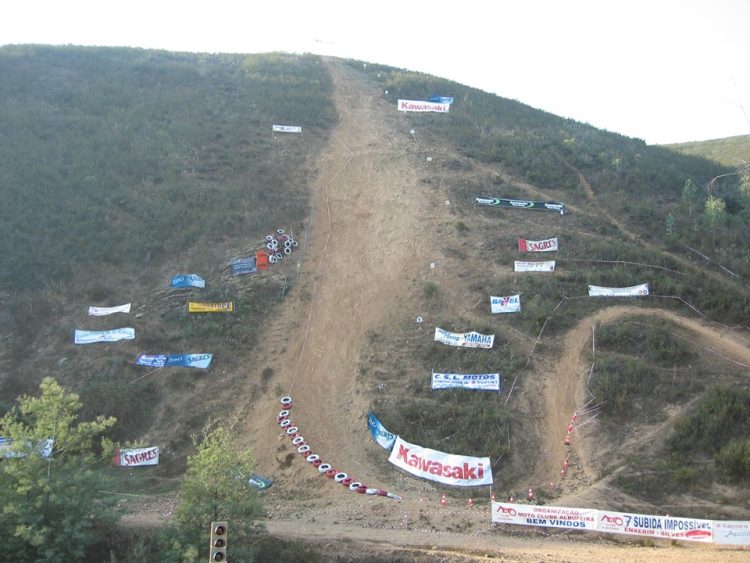They’ve only been around for about a year, but these ridiculously long Mexican pointy boots have already become a major fashion trend at dance clubs and rodeo dance floors around northern Mexico.
The guys at Vice heard about the unusual footwear and journeyed to the Mexican city of Matehuala, in the northern state of San Luís Potosí, to learn more about it. Apparently the trend started about the same time the music known as “tribal guarachero” became popular among the youth of the area. A combination of pre-Hispanic and African sounds, Colombian cumbia and modern house music mixed by young DJs, tribal quickly became the favorite dance music of young Mexicans who soon began organizing dance-offs in clubs and at rodeo festivals.
At first, everyone wore normal size cowboy boots, but at one point people started making them longer and longer, until it got out of control. It turned into a competition between ranches and neighborhoods over who had the longest, pointiest boots, and before long contests for the best chuntarito boots were organized. Much to the dissatisfaction of many fellow Mexicans who see the new fashion as a latino version of the “Jersey Shore” trend, fans of tribal guarachero kept making even longer boots and highlighting them by wearing skinny jeans. Some say they’ve seen guys wearing seven-foot long boots.





















